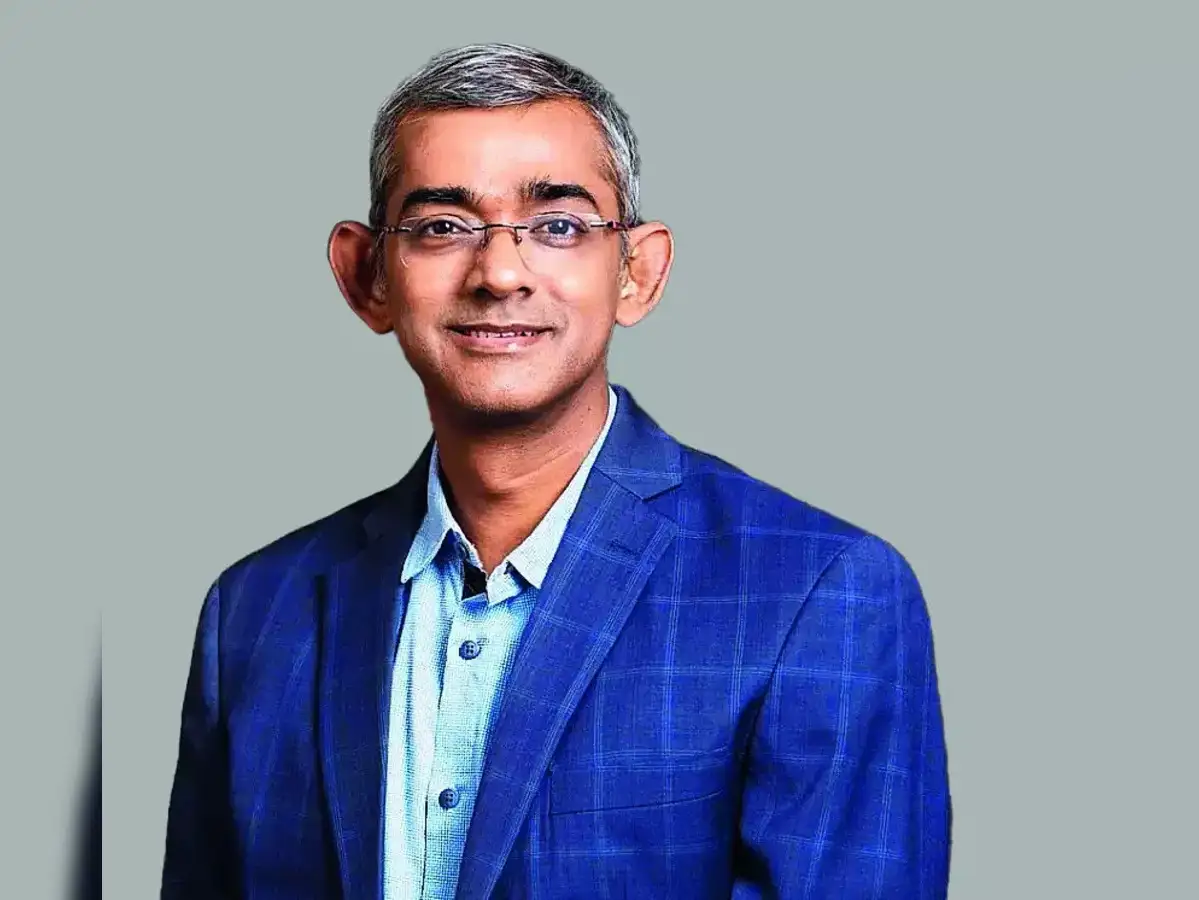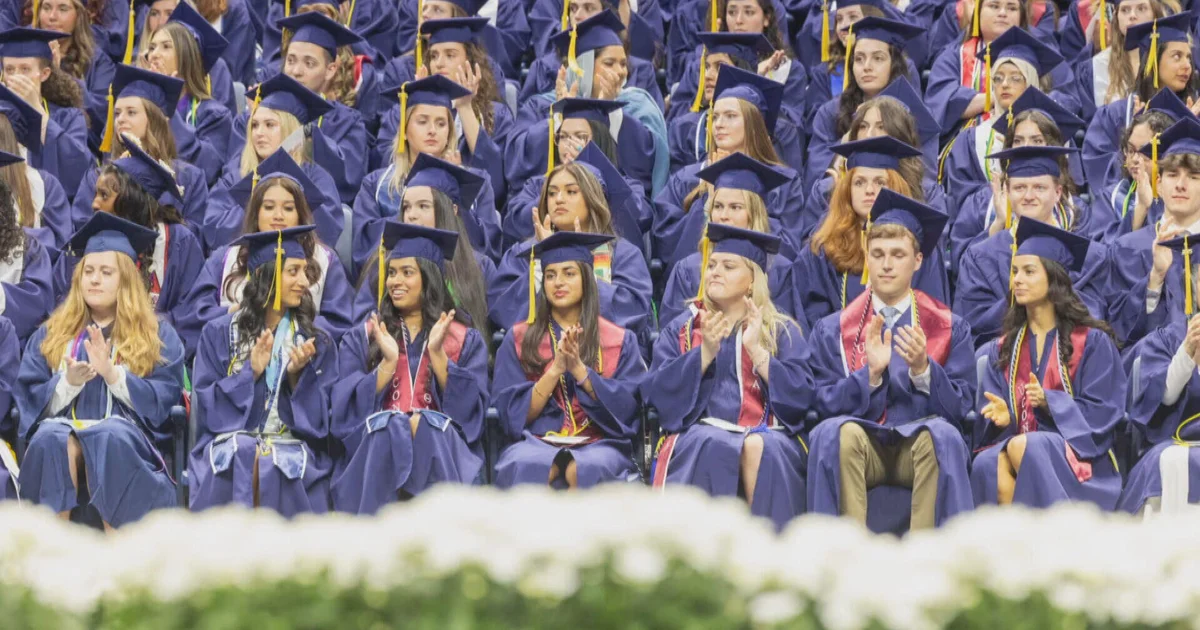By Newsday
Copyright newsday

Ricardo Newallo
In a July 10 Business Day issue, the TT Institute of Architects (TTIA) past president, Renate Allum, highlighted Anil Pugh, one of two recipients of the 2025 TTIA Colin Laird Grant.
Pugh, an undergraduate at Pratt Institute School of Architecture in New York, spoke about architecture’s enduring role in shaping communities.
Now, we turn to the second 2025 grant recipient – Kerryn Peters, a first-year master’s student at the London School of Architecture in the UK.
Like Pugh, Peters represents a new generation of student architects in TT, reassessing the profession amid global challenges.
In her grant application, Peters answered: What is the role of the architect, considering increases in artificial intelligence and global connectivity?
She said, “Artificial Intelligence (AI) is an undeniably powerful tool. Like all technologies that have reshaped architectural practice, such as CAD and digital modelling, AI is here to stay.
“We cannot afford to reject it. Instead, we must understand and guide its use critically and responsibly.
“Architects are uniquely positioned to shape how AI is integrated into both our built environment and design workflows, particularly in contexts like the Caribbean where issues of equity and sustainability intersect.”
Peters words reinforce that architecture’s future in an age of AI depends not just on new technologies, but on sustaining the profession’s foundational values and distinct cultural perspective.
I have witnessed first-hand how AI can assist in both professional and academic settings – enhancing workflows, supporting early-stage ideation and even helping manage time, much like a smartphone. However, it must never become a creative crutch.
Architects must remain active authors and stewards of design, using AI as a partner rather than a replacement.
Our human judgement, rooted in cultural knowledge, ethics and empathy, remains irreplaceable.
One critical area where architects can lead is in the sustainable and ethical delivery of AI infrastructure.
Often overlooked in workplace debates I have attended, AI relies heavily on physical systems and data centres that consume vast amounts of energy and water. The effects of their emissions and environmental burdens are disproportionately felt in the Global South, particularly in the Caribbean.
As architects, we can counteract this by reimagining the design of digital infrastructure – integrating passive cooling methods, redistributing waste heat to support community energy systems or co-locating data centres with urban agriculture to create symbiotic environmental benefits.
In this way, the architect’s role becomes both procedural and physical – guiding not just how AI is used, but also how it is spatialised, powered and localised. This approach supports environmental stewardship while foregrounding climate resilience, a pressing concern for island nations like TT.
Moreover, as AI draws from vast data pools to generate architectural solutions, there is a danger of erasing cultural specificity and perpetuating colonial design logics embedded in Western training datasets.
Here, Caribbean architects must play a critical role in decolonising design intelligence, ensuring our histories, material languages and spatial traditions are not sidelined by generic outputs. We must be contributors to the data that AI learns from, not passive consumers of foreign design templates.
Global connectivity can support this if used wisely. It enables collaboration, diaspora knowledge exchange and access to research that can enrich Caribbean architectural practices. However, we must remain vigilant against erasure.
AI should not erode local architectural identities but strengthen them through informed hybridity and contextual relevance.
Ultimately, the role of the architect today is to act as a translator, mediator and steward – balancing technological advancement with cultural integrity and ecological care.
In the Caribbean, this role is even more vital. If guided ethically, AI can support us in designing not just more efficient buildings, but more inclusive, regenerative futures grounded in the needs and values of our communities.”
Peters’ reflection shows that architecture’s role is never static. Just as past generations had to adapt to new possibilities with steel, concrete and computer-aided design, today’s architects face the challenge of working with and within digital intelligence.
Despite these challenges, we must recognise that architecture is not just about buildings, but about values, ethics and shaping the future.
As stewards of our built environment, architects have a responsibility to ensure that technology does not strip the Caribbean of its unique cultural voice, nor place additional environmental burdens on already vulnerable regions.
Architecture is already transforming rapidly. The realities of climate change, inequality, and technology mean that the profession cannot remain neutral or passive. Architecture is not only about delivering functional space but also about mediating between competing demands: cultural identity, ecological responsibility, economic pressures and global flows of knowledge and capital.
The voices of emerging designers such as Peters and Pugh urge us to assume this responsibility with creativity and resolve.
Practically, we must ask: what kind of future do our designs enable? Do they reinforce extractive systems or foster resilience and local identity? Will AI lead to standardised design, or amplify distinctive local voices?
How we answer these questions will ultimately determine the trajectory of Caribbean communities.
Pugh and Peters’ perspectives together illustrate the breadth of engagement required from architects today.
The main lessons are clear: human connection is indispensable, cultural identity must shape our use of AI and emerging voices are crucial to creating futures that are resilient, inclusive, and innovative.
The TTIA Colin Laird Grant encourages our future generation of designers and architects to confront these issues directly and to envision a Caribbean architecture rooted in both heritage and adaptation.



